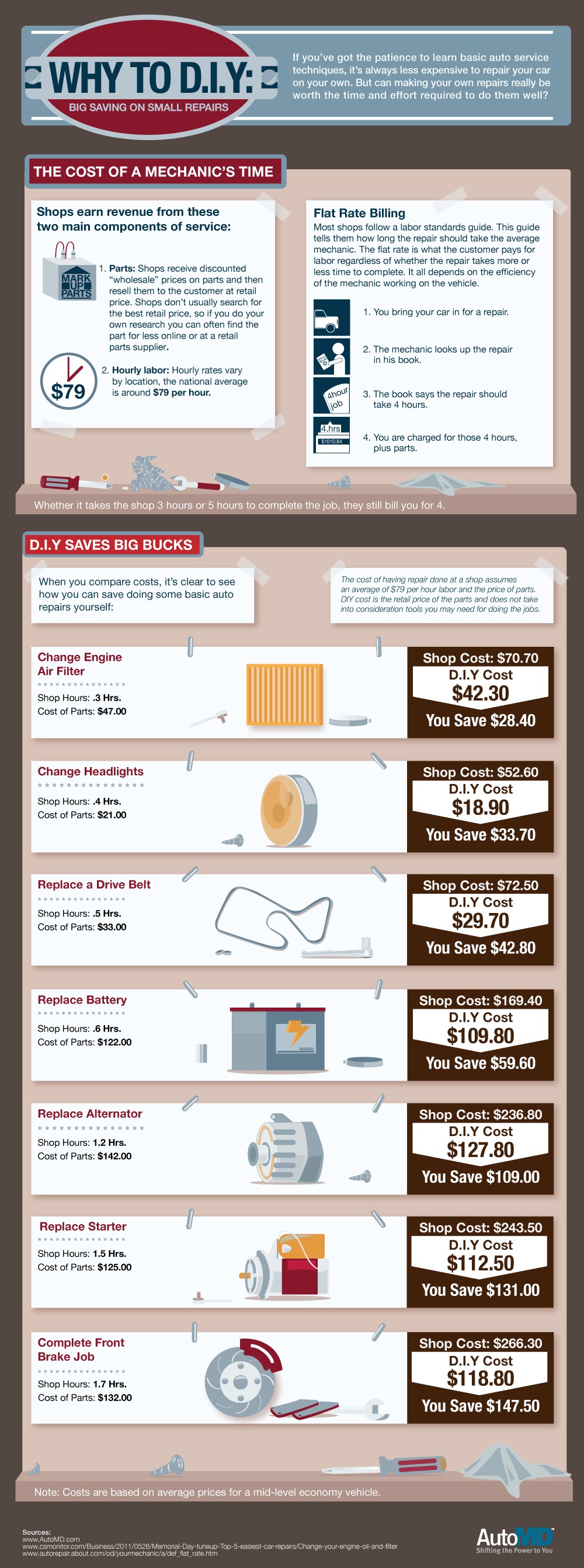Evaluating Your Car'S Warning Indicators: What They Actually Share
Evaluating Your Car'S Warning Indicators: What They Actually Share
Blog Article
amd detailing By-Vinson Forbes
When you lag the wheel, those radiant caution lights on your dashboard can be a little bit bewildering. Do you know what they're attempting to inform you regarding your cars and truck's wellness? Understanding the importance of these lights is important for your security and the long life of your lorry. So, the next time among those lights turns up, would not you want to decode its message precisely and take the necessary steps to address it?
Common Warning Lights and Interpretations
Recognize typical caution lights in your cars and truck and comprehend their significances to make sure secure driving.
One of the most normal warning lights consist of the check engine light, which signals concerns with the engine or emissions system. If this light comes on, it's vital to have your car examined promptly.
The oil stress cautioning light shows low oil pressure, needing immediate attention to prevent engine damage.
A blinking battery light could suggest a damaged billing system, potentially leaving you stranded otherwise dealt with.
straight from the source monitoring system (TPMS) light alerts you to low tire stress, influencing vehicle stability and gas performance. Neglecting this can result in dangerous driving problems.
The abdominal muscle light suggests a problem with the anti-lock braking system, compromising your capacity to stop swiftly in emergencies.
Lastly, the coolant temperature level advising light warns of engine getting too hot, which can result in serious damages otherwise solved promptly.
Recognizing these usual caution lights will certainly aid you deal with issues quickly and maintain secure driving conditions.
Significance of Prompt Interest
Comprehending the usual warning lights in your automobile is only the initial step; the importance of immediately dealing with these cautions can't be emphasized enough to ensure your security on the road.
When a caution light brightens on your dashboard, it's your automobile's way of interacting a possible problem that needs interest. Neglecting these warnings can bring about more serious issues in the future, jeopardizing your safety and possibly costing you much more out of commission.
https://www.brit.co/7-car-tips-from-a-female-mechanic/ to warning lights can protect against malfunctions and accidents. For instance, a blinking check engine light might suggest a misfire that, if left unattended, could trigger damages to the catalytic converter. Addressing https://ecu-tuning-group40516.blogdanica.com/32039873/surprisingly-hassle-free-mobile-cars-and-truck-outlining-solutions-not-only-conserve-you-time-and-money-yet-also-boost-your-lorry-s-long-life-uncover-how-they-can-change-your-regular without delay can save you from a pricey repair service.
Likewise, a brake system cautioning light could signify reduced brake fluid or worn brake pads, vital parts for your safety when driving.
Do It Yourself Troubleshooting Tips
If you notice a caution light on your dashboard, there are a few DIY fixing ideas you can attempt prior to looking for professional help.
The initial step is to consult your auto's guidebook to understand what the details warning light shows. In some cases the problem can be as basic as a loose gas cap causing the check engine light. Tightening up the gas cap might resolve the issue.
An additional usual concern is a reduced battery, which can set off various alerting lights. Inspecting the battery connections for corrosion and guaranteeing they're safe might take care of the trouble.
If a caution light lingers, you can attempt resetting it by disconnecting the auto's battery for a few minutes and then reconnecting it. In addition, checking your automobile's liquid degrees, such as oil, coolant, and brake fluid, can aid repair alerting lights connected to these systems.
Conclusion
In conclusion, comprehending your car's warning lights is vital for maintaining your car running efficiently and safely. By without delay attending to these alerts and recognizing what they imply, you can stay clear of costly repair services and prospective break downs.
Keep in mind to consult your vehicle's guidebook for particular information on each warning light and do something about it as necessary to ensure a hassle-free driving experience.
Stay notified, stay secure on the road!
